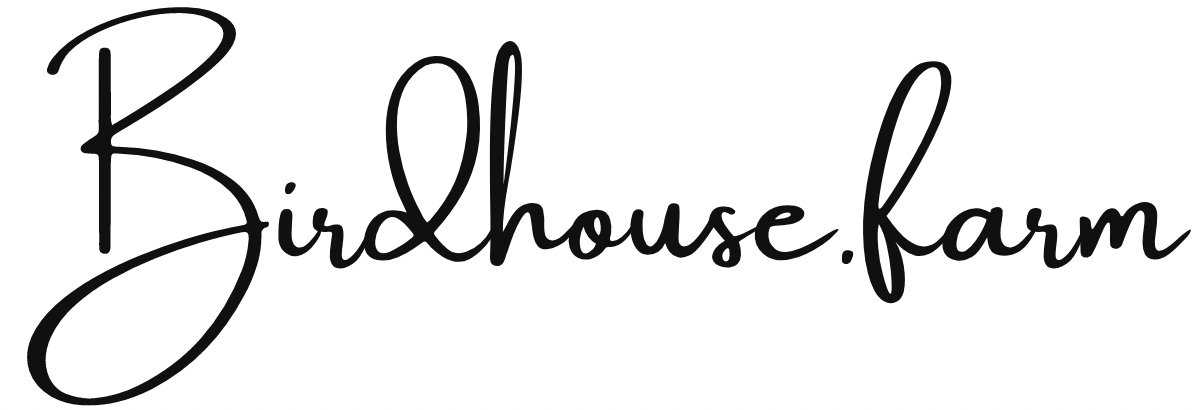Winter Sowing in Milk Jugs: A Simple Way to Start Seeds for Early Planting in Kansas
As winter lingers in Kansas, gardeners eagerly anticipate the arrival of spring. But did you know you can get a head start on your garden while there's still snow on the ground? Winter sowing in milk jugs is an easy, low-cost way to start hardy seeds outdoors, giving them natural protection and a strong start before transplanting in early spring.
This technique mimics nature’s process—where seeds experience cold temperatures before sprouting when conditions are just right. By using milk jugs as mini greenhouses, you can create the perfect environment for seeds to germinate without the need for expensive grow lights or indoor setups.
Why Winter Sow in Milk Jugs?
Kansas gardeners know that the weather can be unpredictable. One day it’s warm and sunny, and the next, an icy wind sweeps across the prairie. Starting seeds in milk jugs offers several benefits:
Cold Stratification: Many native and hardy plants require a period of cold before they sprout. Winter sowing naturally provides this.
Protection from the Elements: The milk jugs act as tiny greenhouses, shielding seeds from harsh winds, temperature swings, and pests.
Stronger Seedlings: Because they grow in outdoor conditions, winter-sown seedlings are hardier and require less hardening off before transplanting.
Saves Space Indoors: No need for grow lights or seed trays taking up room in your home!
What Seeds Work Best for Winter Sowing?
Winter sowing works best for cold-hardy plants, perennials, and crops that thrive in early spring. Some great options for Kansas gardens include:
🌱 Native Wildflowers – Purple coneflower, milkweed, black-eyed Susan, prairie blazing star
🥬 Cold-Hardy Vegetables – Kale, spinach, lettuce, broccoli, cabbage
🌿 Herbs – Parsley, thyme, chives
How to Start Seeds in Milk Jugs
Step 1: Gather Your Materials
You’ll need:
Clean, empty gallon milk jugs (or other clear plastic containers)
A sharp knife or scissors
Duct tape
Potting soil (light and well-draining)
Seeds
A marker for labeling
Step 2: Prepare the Milk Jugs
Rinse out the milk jugs and let them dry.
Use scissors or a knife to cut around the jug, leaving a hinge below the handle so the top can flip open.
Poke several drainage holes in the bottom to prevent water from collecting.
Step 3: Fill with Soil & Plant Seeds
Add about 3–4 inches of moist potting soil to the bottom of the jug.
Sprinkle seeds on top of the soil, following the recommended planting depth on the seed packet.
Lightly cover the seeds with soil and pat down gently.
Step 4: Seal and Label the Jugs
Close the top of the jug and secure it with duct tape to keep it in place.
Use a permanent marker to label the jug with the plant name and date.
Step 5: Set Outside and Let Nature Work
Place the jugs outside in a sunny spot, like a porch, raised bed, or garden area. Snow and rain will naturally water the seeds, and the jug will trap warmth, encouraging germination when the time is right.
Caring for Your Milk Jug Greenhouses
Check periodically to make sure the soil stays moist but not waterlogged.
Once the weather warms in early spring, seedlings will begin to emerge!
When temperatures stay above freezing at night, remove the jug lids to allow for better air circulation.
As the seedlings grow, thin them out and harden them off before transplanting into your garden.
A Head Start for a Thriving Garden
Winter sowing in milk jugs is a simple yet powerful technique that allows Kansas gardeners to get a jump on the growing season. By using the natural cold to prepare seeds for germination, you’ll be rewarded with strong, early seedlings that are ready to take on the unpredictable Kansas spring. So, before the last frost fades, gather those milk jugs and let nature do the work for you!
